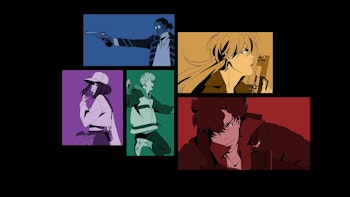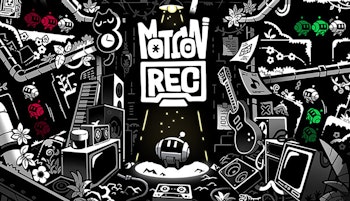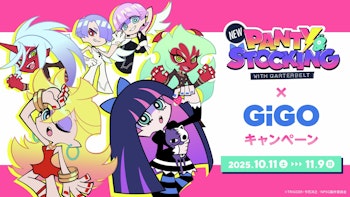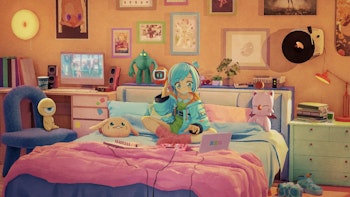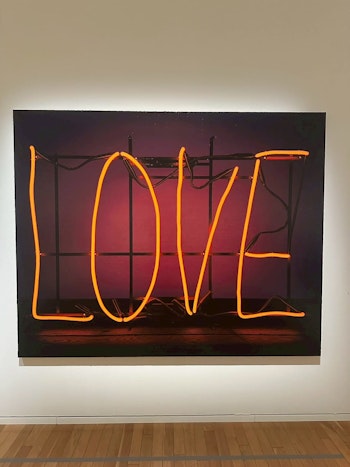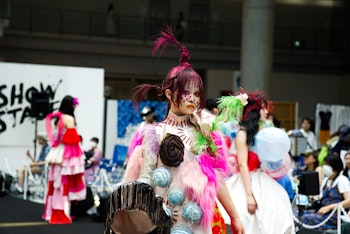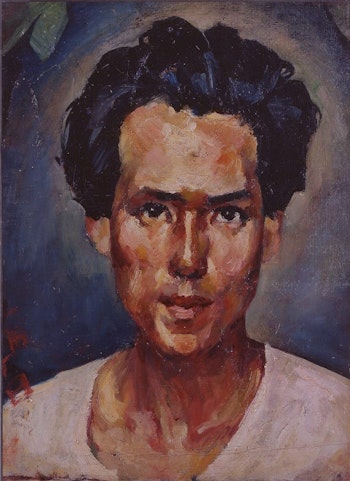
Miyako Kojiima (sometimes stylized as Miyako Cojima) makes charming nightmares. For over three decades, she's maintained a career that is as diverse as it is enduring. Her art is deeply rooted in the retro horror manga of Japan, but she brings her own refreshing twist to characters whose beauty disguises all manner of grotesquery.
Early influences
Kojiima grew up in the neighborhood of Koenji, an area celebrated as a hub for alt culture and artistic expression. During her childhood, she frequently suffered from illnesses, leading to extended periods of absence from school. These prolonged recoveries, often confining her to her home for much of her youth, inadvertently became the foundation of her artistic development.
To fill the quiet hours, she immersed herself in her mother's extensive manga collection. This collection was notably eclectic, featuring a wide array of both Shoujo (girls' manga) and Shonen (boys' manga) titles. Kojiima was equally enamored with both styles, a trait that would help her in her later career.
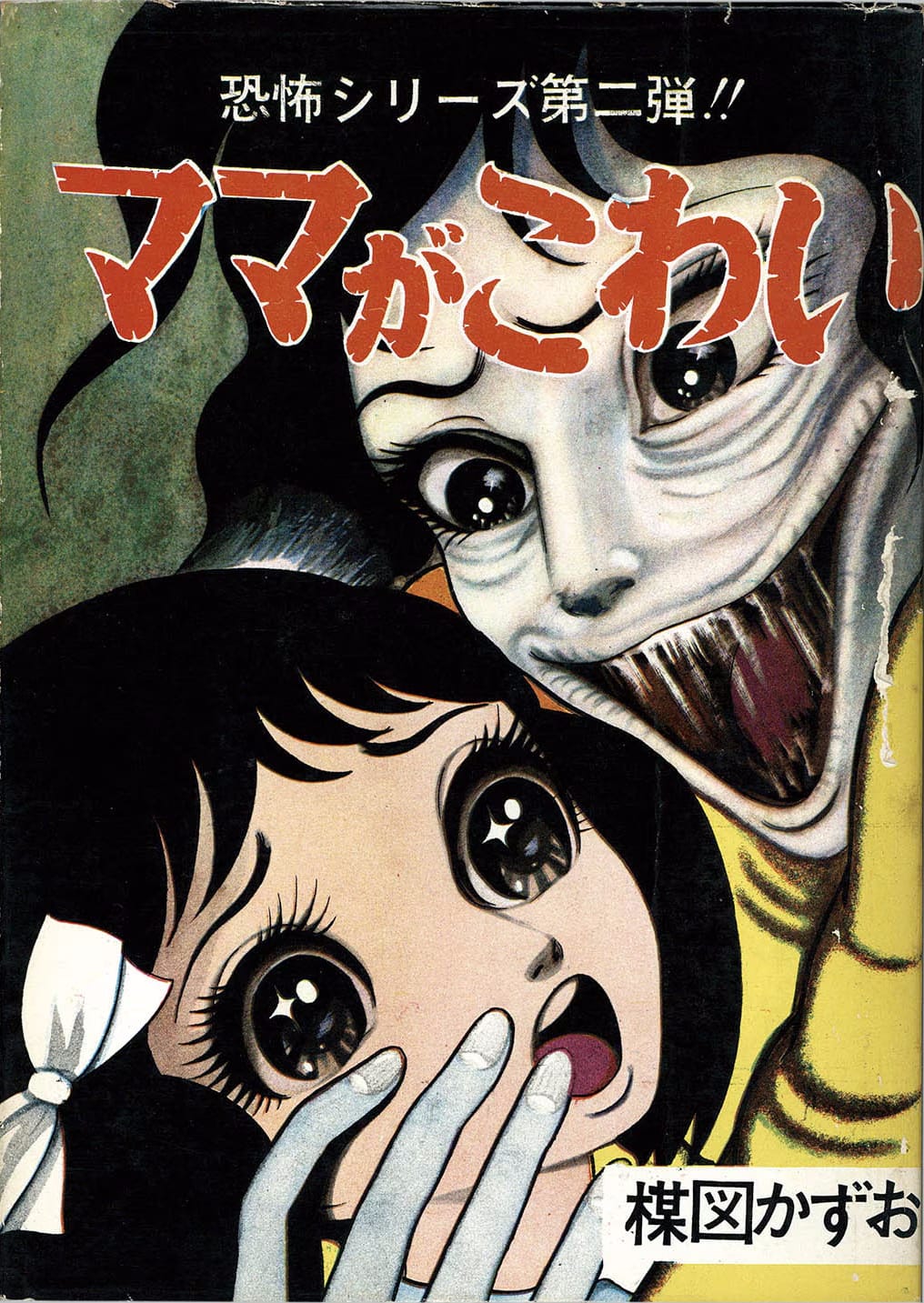
Upon her eventual return to school, a pivotal moment occurred when she serendipitously discovered Reptilia by the legendary horror manga artist Kazuo Umezu in her class's book corner. This encounter with Umezu's distinctive style and chilling narratives awakened in her a love of horror. “The grotesqueness, the bizarre worldview—those were completely different from anything I'd experienced before,” she said.
Initial career
Her early exposure to manga led her to pursue a career in the industry. Invited by a friend, she submitted stories under the pen name “Neko no Miyako,” an embarrassing choice by her own admission. Although her early attempts lasted only a few days, the experience sparked a lasting passion. “I liked drawing, but I didn't have the confidence to keep going,” she said. Despite doubts, she continued doodling and experimenting, eventually working as an assistant to her friend Hagiwara Reiji on his manga “Red”. She subsequently worked on several gag manga for the popular video game series Dragon Quest, but grew weary of the industry.
At 20, she briefly diverged into music, joining a rock band, but financial difficulties necessitated her return to being a mangaka assistant. A significant breakthrough occurred in 1992 when her editor proposed the creation of her own manga compilation. At this time, she started to use Miyako Kojima as her professional moniker. Her first solo endeavor, “Junsei Kid”, was a gag manga —a type of comic primarily focused on delivering laughs.
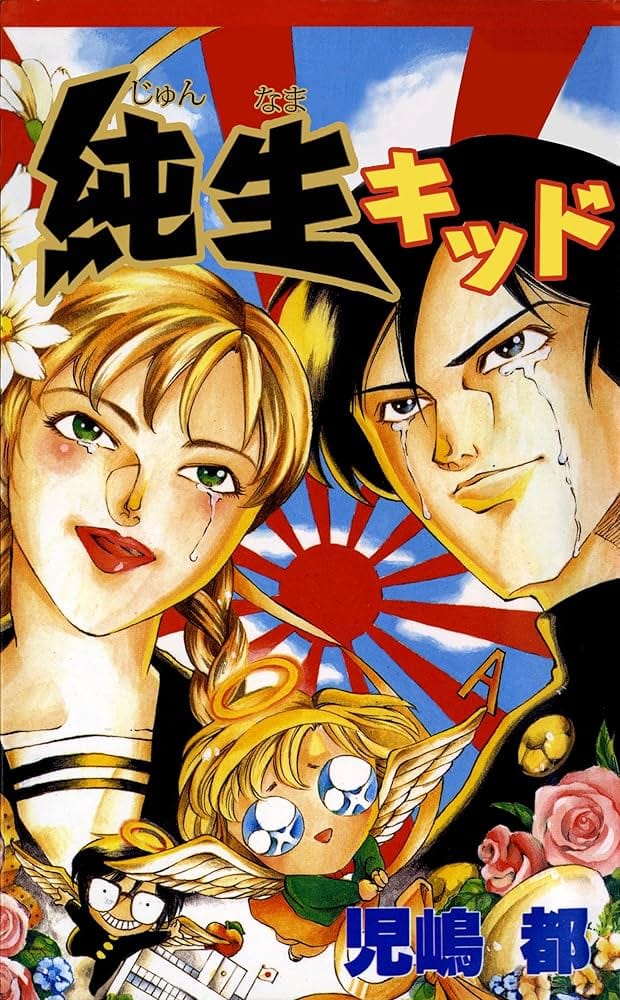
Retro horror and mystery
During the ‘90s and 2000s, she put out several solo horror manga. The art style is quintessential retro horror, reminiscent of Kazuo Umezu. She has endured comparisons both favorable and derisive to him throughout her career. The stories feature charming female protagonists who are besieged by physical afflictions or disfigurement. A staple character is Niku-chan, a plus-sized schoolgirl with a voracious and horrific appetite who is featured in many stories or is the narrative entry point for others.
A defining aspect of Kojima's work is her approach to horror. “I'm not very good at heavy, serious horror,” she's admitted. Instead, she gravitates toward “beautiful fear” horror that mixes grotesque or monstrous imagery with humor, charm, or absurdity. Her monsters are often bumbling, whimsical, and oddly endearing. This combination of fear and playfulness is central to works like Virgin Inferno, where grotesque characters simultaneously evoke dread and affection.
Beyond her original manga, she has collaborated with established writers in the mystery and horror genres, most notably Yukito Ayatsuji, one of Japan's leading mystery authors. One of Kojima's notable works, Gankyū Kitan -Yui, published by Kadokawa in 2001, includes material tied to Ayatsuji's fiction. The volume presents a series of macabre illustrated narratives where Kojima's unsettling visual style amplifies the sense of dread found in Ayatsuji's mystery-horror storytelling.
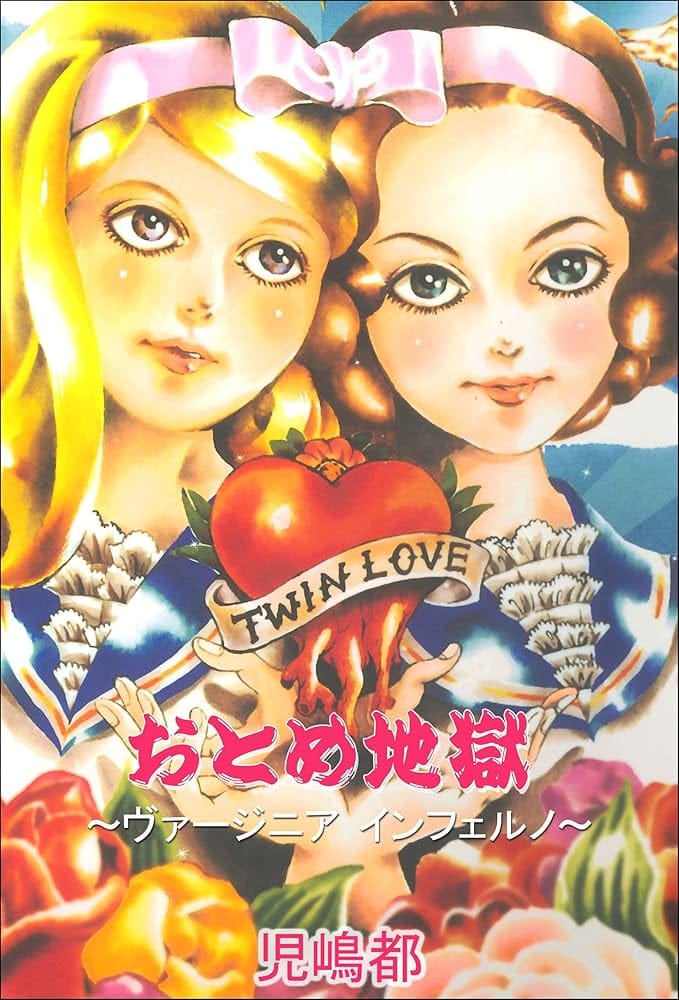
X-Men: The Manga
In 1994, she moved in a completely different direction by working on the Japanese X-Men manga. Based on the American animated series, the manga was a collaborative effort of many artists. Kojima’s contributions can be seen most clearly in Volume 2, which adapts Magneto-focused episodes of the cartoon, published in 1994. She also worked on Volume 7, tied to the Sentinel battles and the dramatic return of Morph. A portion of the Japanese-style comic was later translated into English and released in America in 1998 with the help of Kojima. A remastered version was released in 2024.
Beyond adapting the television series, Kojima also created an original tie-in manga for X-Men: Children of the Atom, the arcade game released in the mid-1990s. Serialized in Comic Gamma between 1994 and 1995, this project offered Japanese readers a new manga-based entry point into the X-Men world, though it was never collected into book form.
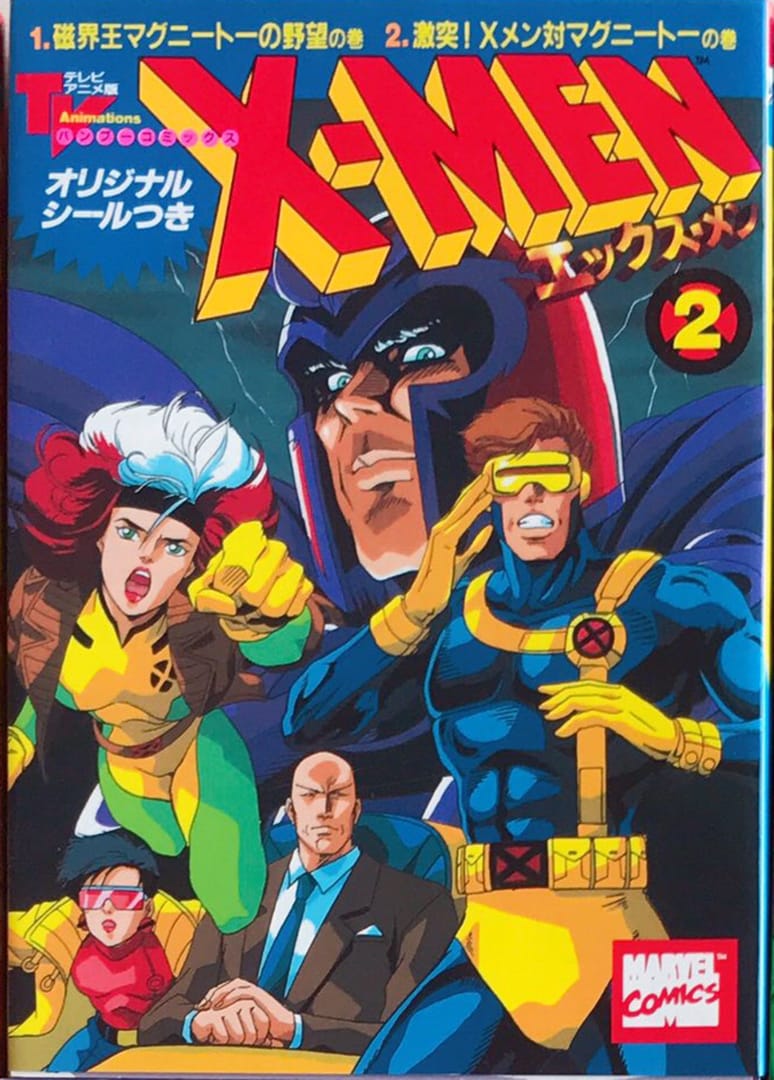
Gallery artist
Since 2007, Kojima has moved into the fine arts space. Her art is brightly colored and has a distinctive Showa-retro flavor. They also fit in neatly with the lowbrow aesthetic of many Western artists, such as Mark Ryden. The majority of her paintings feature large doe-eyed children with anatomical hearts, disembodied eyeballs, or monstrous growths. The paintings are cute but not in a traditional kawaii-esque way. Instead, they feel more like dark versions of the Big Eye paintings of Margaret Keane. She had her first solo exhibition, “Strawberry Heart,” at Vanilla Gallery in 2010.

She frequently contributes pieces to horror and alternative exhibitions both in Japan and America, where she is a frequent guest at comic conventions. In 2023, her 1997 10-story collection, “Wonder House of Horrors,” was translated into English, introducing her macabre stories to a broader audience.
In an interview in her collection Virgin Encyclopedia, she states that she wants to continue exploring the tension between fear and fascination. “Horror is a dark world, but it can also sparkle. If readers feel even a little contradiction, this is scary but beautiful, then I'll be happy,” she said. It's this balance of horror, humor, and charm that defines her work, offering viewers a space to experience the unsettling and the delightful all at once.
